How can we ease tensions around book choice and school libraries?
The Cornerstone for Teachers
MARCH 1, 2023
My experience with the school library and book choice tension I have over 1,000 books in my American international Christian school classroom in southern Taiwan where I teach English Language Arts (8th), Yearbook (10th-12th), US History (11th), and British Literature (12th). Teachers want to advocate for the learning needs of their students.


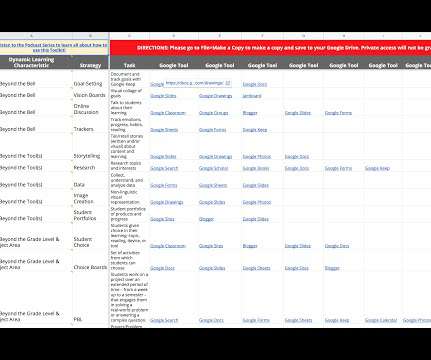

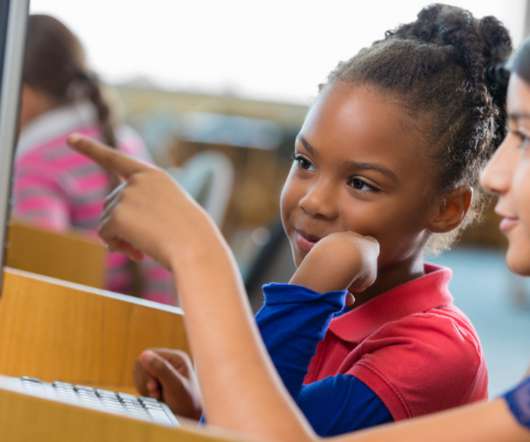
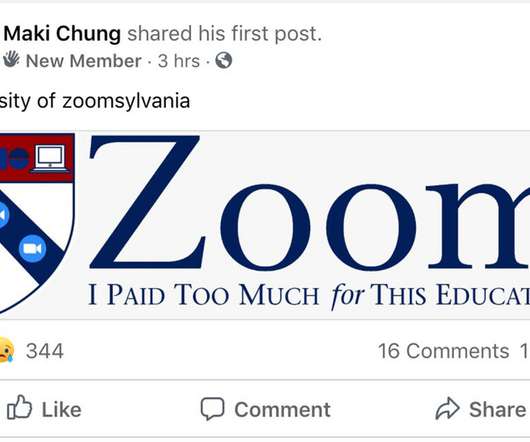



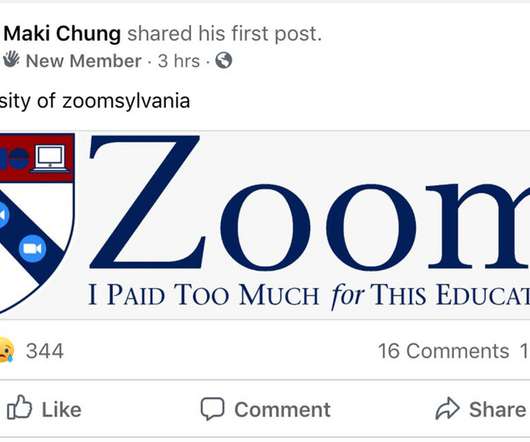




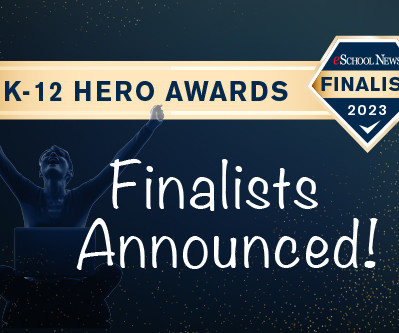









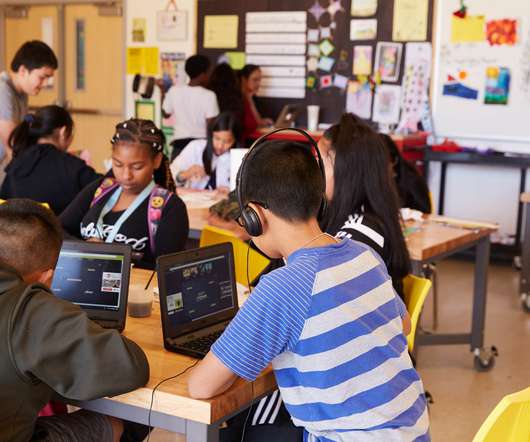























Let's personalize your content